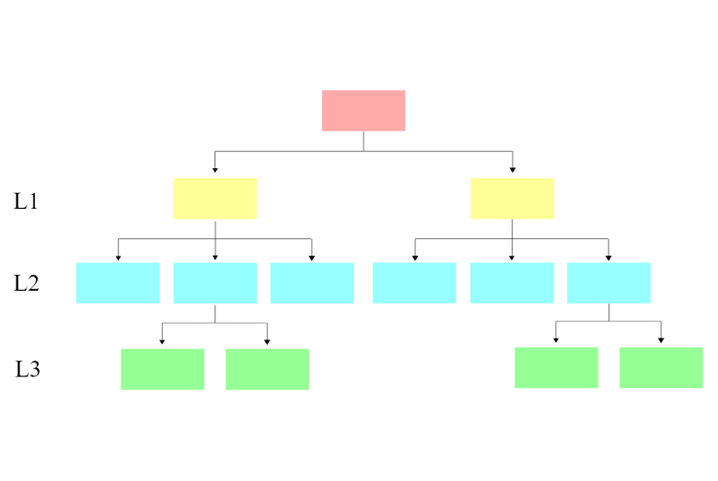A great part of the digital transformation of an organisation is to bring together the fields of software development and IT operations, thus ensuring that a product takes less time in development and is constantly upgraded to the highest possible quality. In between the two fields of development and operations, exists the silver lining that the modern world calls DevOps. However, in the current scenario, DevOps has not only far exceeded what was expected of it in terms of product development life cycles, but it has also played a huge role in creating a close-knit organizational culture.
But how is that happening?
DevOps is a strategic IT approach aimed at shortening overall product development life cycles. This happens by bringing in the best of IT and software development practices and implementing it throughout the length and breadth of an enterprise. When that happens, the culture of the organization shows a significant improvement in productivity, efficiency, and compliance with client needs. Let’s take a deeper look at how DevOps is making that possible.

1. It Pushes Change From The Top
Usually, any change, especially the ones related to culture do not happen without a complete top to bottom cycle completion. For DevOps, the change actually starts from the bottom. A change is not complete until the processes have been implemented to the smallest possible unit in the enterprise. This not only helps the teams to push boundaries, but it also gives them the power to address any issues while they are still at a grass-root level. For the best possible transformation, the “all-at-once” approach does not work as effectively as a continuous implementation of smaller transformations.
2. It Redefines Trust
The traditional model is built around trusting only those who passed the audits and complied to all the checks on the list . DevOps reestablishes trust by decentralizing it to product teams, naming them in-charge of the principles and requirements. When teams work in collaboration with visible results, trust is built on its own.
3. It Introduces Autonomous Executions
It is highly essential for digital transformation to be formed on the foundation of autonomy and automation. Instead of giving the power of control to other functions, DevOps instructs the engineering team to embed testing, risk management, and escalation protocols inside the process as they build it. Building in control is a process that needs to be designed right from the beginning, and that is where automation comes in highly handy. Automation is what ensures that a process happens by default and does not depend on any manual interference.
4. Room for Improvement through Testing
No matter what, there is always room for improvement. DevOps takes out the mentality of “striving for perfection” from an organization and replaces it with “let test this and continue to improve”. The cycle of identifying an issue, making adjustments, and testing again for issues is what continues to improve the system to better work for everyone.
5. Acknowledging Results and Rewarding Them
The major change in a culture comes around when performances and results are rewarded. This is when behaviors are aligned with the strategic needs of the business, and processes become more focussed towards getting things done and doing them right.

To ensure the success of any digital transformation, DevOps needs to be integrated with each and every process of the organization. This is simply because a large-scale vision cannot be and should not be implemented with a small-scale foresight. For more solutions on digital transformation and custom web application development, Pratham Software is a leading solution provider for enterprises looking to improve on their current infrastructure. We are proud of our transparent way of working and the trust that it invokes in our clients.









